How much should I exercise my dog?
Dr Robbie Anderton BVSc (Hons) MANZCVS (Small Animal Medicine)
How much exercise is too much for your dog? How much is not enough?
Does it change with age and different conditions?
Does it change with breeds?
All great questions! I’m glad you asked!
 How much exercise is too much?
How much exercise is too much?
We all know the satisfaction of bringing our dogs back from the off lead dog park or the beach, and having them fall asleep for ages, thinking they must have had fun.
But sometimes too much strenuous exercise can be harmful, especially in Older and Younger Dogs.
How much time to exercise a Young Dog?
There is an easy rule of thumb for how much to exercise your puppy.
Work it out to number of minutes activity per week of age.
For example, if your Puppy is 12 weeks old, exercise for 12-15 minutes.
If your puppy is 24 weeks old, exercise for 24-30 minutes.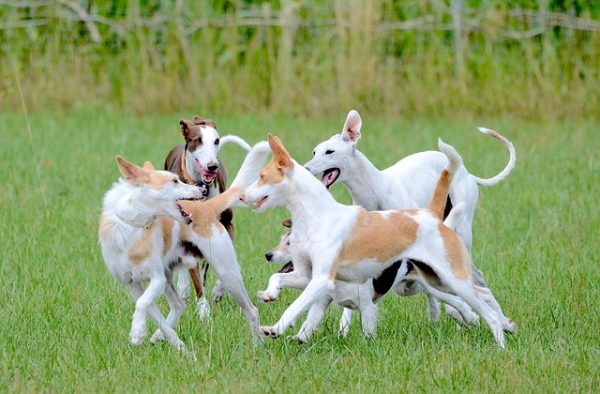
This can be done twice a day, if they are coping ok. If they are struggling, then bring it back a bit.
Exercising young puppies too much can lead to joint problems, because as their muscles fatigue, their joints become less stable (as their joint capsules may not be strong enough yet), which can lead to inflammation and early arthritis
How much to exercise an Old Dog?
This can be a bit more tricky, as there can be diseases that can affect your dog’s ability to exercise.
If your dog can go for a long walk, or a run at the off lead dog park, get 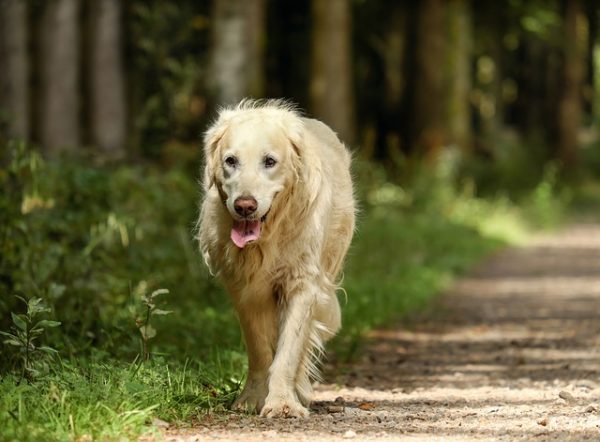 home, lie down, then get back up again without looking stiff, sore, or too tired, then you are exercising them exactly right – WELL DONE!
home, lie down, then get back up again without looking stiff, sore, or too tired, then you are exercising them exactly right – WELL DONE!
But if your dog is slowing down, can’t make it the same distance they used to, or after cooling down they get up really stiff and sore, then they may have arthritis. In these cases, it’s a good idea to reduce their exercise back a bit. Could your pet have Arthritis Pain? Read HERE
It’s better for them to have MORE SHORTER WALKS OR RUNS, than fewer longer ones. For example, 2 X 30 minutes walks will be better than 1 X 60 Minute walk – Why? Because the shorter walks will allow the muscles more time to recover, leading to less instability in the joints, less pain, and hopefully slower deterioration of disease.
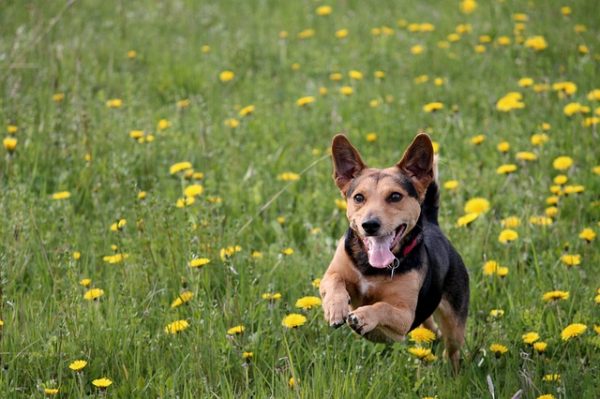 Also, if you take your dog to an off lead dog park as well as a walk, go off lead first, then finish with the walk. If you go the other way, and have a long walk first then run, the muscles will be more fatigued, leading to a great chance of injury.
Also, if you take your dog to an off lead dog park as well as a walk, go off lead first, then finish with the walk. If you go the other way, and have a long walk first then run, the muscles will be more fatigued, leading to a great chance of injury.
If your dog has arthritis, even if they seem like they still want to go for a walk or play ball that’s great – but they are doing it IN PAIN. Come and see us so we can use things to help them to have quality of life of having fun, but with as little discomfort as possible.
Exercise appropriate for breed and life stage.
Dog’s with short legs are not designed for going for jogs with you. I always cringe when I see someone going for a jog with their Corgi or Dachshund.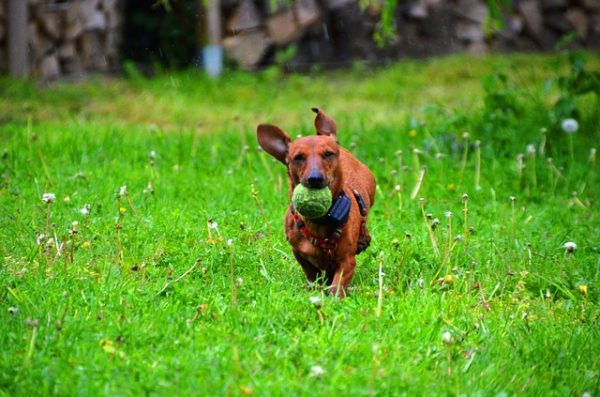
If your dog has other health issues, like heart disease, or trouble breathing (like the Bulldogs and Pugs without normal noses), keep the exercise really gentle, and never ever EVER in hot weather. Let them decide how far to go and how hard to go.
And it’s always a good idea, if your dog is struggling a bit, to stick close to home.
I always say to people if they are not sure how their dog will go with exercise, to not walk your dog any further away from home than what you are prepared to carry them home. Even a 10kg Spoodle gets pretty heavy if you are carrying them back for 5km’s!
Different Terrains
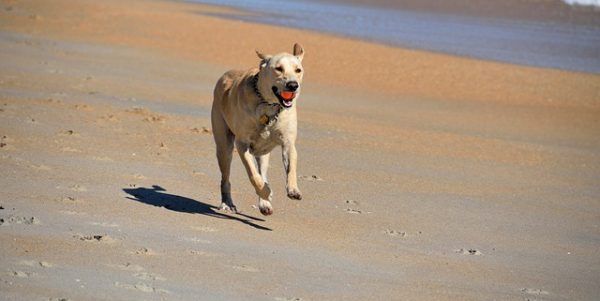 If your dog has arthritis, beware of shifting surfaces – sand and dirt can be pretty tough on sore old joints, especially if there are seagulls to chase!
If your dog has arthritis, beware of shifting surfaces – sand and dirt can be pretty tough on sore old joints, especially if there are seagulls to chase!
If your dog likes to swim, but can’t be trusted to not try and run to Sorrento chasing a seagull, keep them on lead until you get to the water!
Grass and paths are great for arthritic dogs, as they can get better grip.